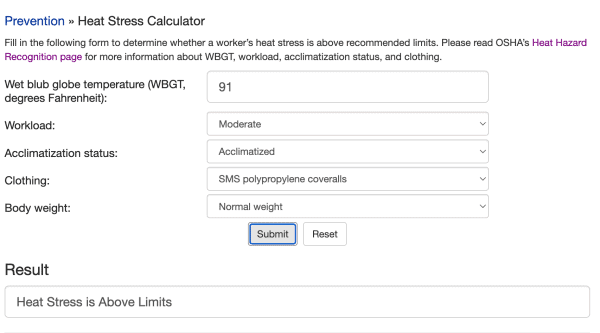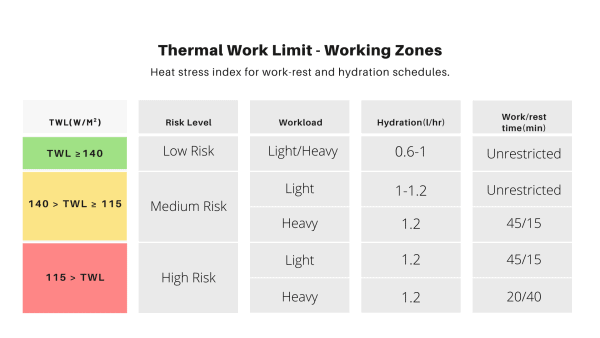Last Updated on
Global climate change potentially speeds up the change of severe weather conditions we face everyday. Increasing temperature are one of the most consistent and credible signals that shows a faster warming trends.In recent decades, the frequency and intensity of heatwaves around the world are increasing.
Heatwaves are one of the most deadliest natural hazards. Recent findings from the Australian Bureau of Meteorology found that heatwaves in Australia have caused more deaths than any other natural disaster in the last 200 years. From 2001 to 2018 alone, at least there are 354 heat-related deaths reported in Australia due to heatwave conditions. In 2003, the European heatwave caused an estimated 70,000 deaths across Europe, while in 2010 the Eastern European extreme heat event caused an estimated 55,000 deaths in Russia alone.
The risk of dying in a heatwave increased with age, socio-economic conditions, geographic remoteness, physical or mental disabilities, and the absence of air conditioning or other air cooling device.
The Danger of Heat Stress to Human Body
Extreme hot weather is a dangerous situation that can put people at risk of heat-related illness, injury or even death in extreme cases. Some of the heat-related illness includes heat exhaustion, heat cramps, or heat rashes, and heat stroke. The risk and severity of heat-related illness is very individualistic. It varies widely from one individual to another depending on their own body conditions even among people under the same heat stress conditions.Some factors affecting the risk and severity of heat-relates illness are:
- Individual health condition
- Workplace conditions
- Job requirements
- Work time of the day (day/night)
- Work hours
Heat can also increase the risk of injuries in work sites as it may cause sweaty palms, dizziness, and fogged-up safety glasses.
Heat stress happens when a person’s environment (air temperature, radiant temperature, humidity and air velocity), clothing and activity interact to produce a tendency for body temperature to rise. (Parsons, 1998).
Heat stress not only can occur in a hot environment outdoors but also indoors such as in a factory, mining facility, etc.
You can also try to use the online calculator below to estimate the potential heat stress situations. Kindly note this is not a definitive assessment tool.
Managing Heat Stress in the Workplace
The effective way to manage heat stress in the work place is to first by determining the heat index level, so appropriate protective measures can be taken according to the heat risk level. Scarlet TWL-1S is a reliable heat stress meter that allows you to assess thermal risks and translate it into clear actionable protective measures for labor, rest, and hydration plan for heat stress safety management.









